If the last two years have served any purpose, it has been to demonstrate that the beverage industry is able to react in time and reinvent itself in the face of constant changes.
Any effort or change is ultimately worth it when it meets the needs of a demanding consumer who is willing to enjoy new experiences and try new flavours. Let’s see what new trends await us in the beverage market in what’s left of 2022.
When we talk about “adapting, pivoting, weathering the storm”, etc., all of these are expressions that have become widespread in society and sound very familiar to us, don’t they? Inevitably the new situation, full of ups and downs, has been extrapolated to any context, and naturally it has also impacted beverage production.
Nonetheless, the beverage sector, and more specifically the craft beer sector, represents producers who are persevering, tenacious and ceaselessly innovating. The following trends are clear indicators that it is not only prospering but also accelerating.
What moves the sector… 6 trends in the beverage industry in 2022
1. A more diverse and inclusive industry
The beverage sector realized some time ago that preferences are no longer directly linked to a particular gender or consumer profile.
The public is increasingly broad and varied, and women consume as much or more than men. Hops culture or the new beer trends are directed at very different groups that promote values like equality and diversity.
2. The impetus of technology
Forms of consumption are changing and the pandemic had a lot to do with this transformation. Physical beverage menus have disappeared in favour of QR codes, and there’s more consumption outside bars, which has made e-commerce and online beverage purchases take off.
Online platforms like Oznr for craft beverages have noted this considerably due to their high sales.
3. Bold flavours and a return to simplicity in recipes
Faced with immense competition and a saturated carbonated beverage market, producers are launching drinks capable of generating different sensations. Customers are now demanding carbonated waters and ones with more powerful gas, as well as a return to the nostalgic flavours of childhood like strawberry, watermelon, cherry, apple and grape, which are readily identifiable.
Taking into account that lemon is a favourite flavour, things are now going one step further, particularly in the premium mixers category, toward botanicals based on hibiscus, elderflower, or herbal touches like turmeric, anise or rosemary.
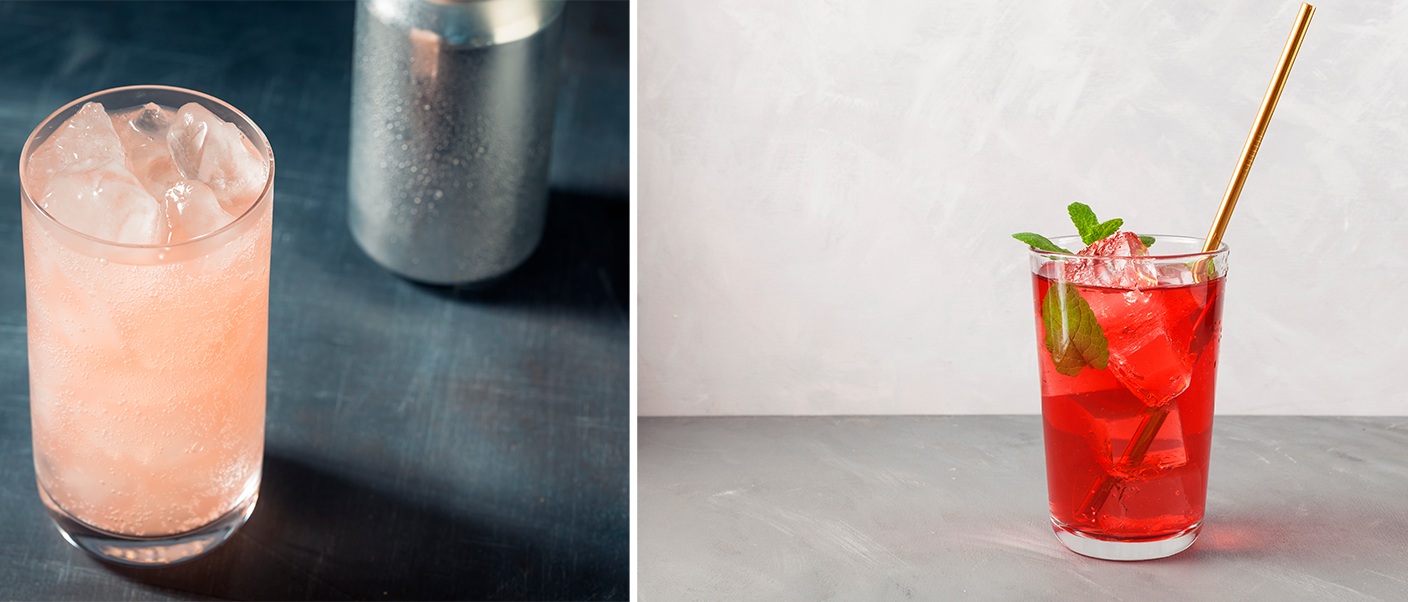
Another notable aspect has to do with simplicity. Consumers, more concerned about healthy living, want transparency in the information they get and simple formulas and methods of preparation. The fewer ingredients and the more clarity in how the contents are listed, the better.
That means that the non-alcoholic beverage and cocktail trends are continuing in this year, something that merits a specific point below…
4. Non-alcoholic beverages continue growing in popularity.
The trend of non-alcoholic spirits and liquors, in addition to non-alcoholic beers, continues. According to Drizly, an online alcoholic beverage ordering and delivery platform in the United States, demand for these products has grown 120% since 2020.
One of the main factors has to do with perfection of the recipes. On the one hand, there is a larger range of non-alcoholic spirits, and they are now starting to be part of the gastronomic offer an appear on the menus of bars and restaurants. Taking into account that there is a deeply rooted association between food and alcoholic beverages, we can see that this premise is opening up new horizons.
On the other hand, there is the beer market, where non-alcoholic versions from a few years ago were not as well liked and were quite differentiated from the alcoholic versions in terms of taste. Now each brand has an NA offer within its product list with very well-developed recipes.
5. Boom in dry and bitter drinks
The obsession with eliminating the percentage of sugar is leading to an increase in dry or bitter drinks. Vermouth is emerging strongly in its Aperol spritz or negroni versions.
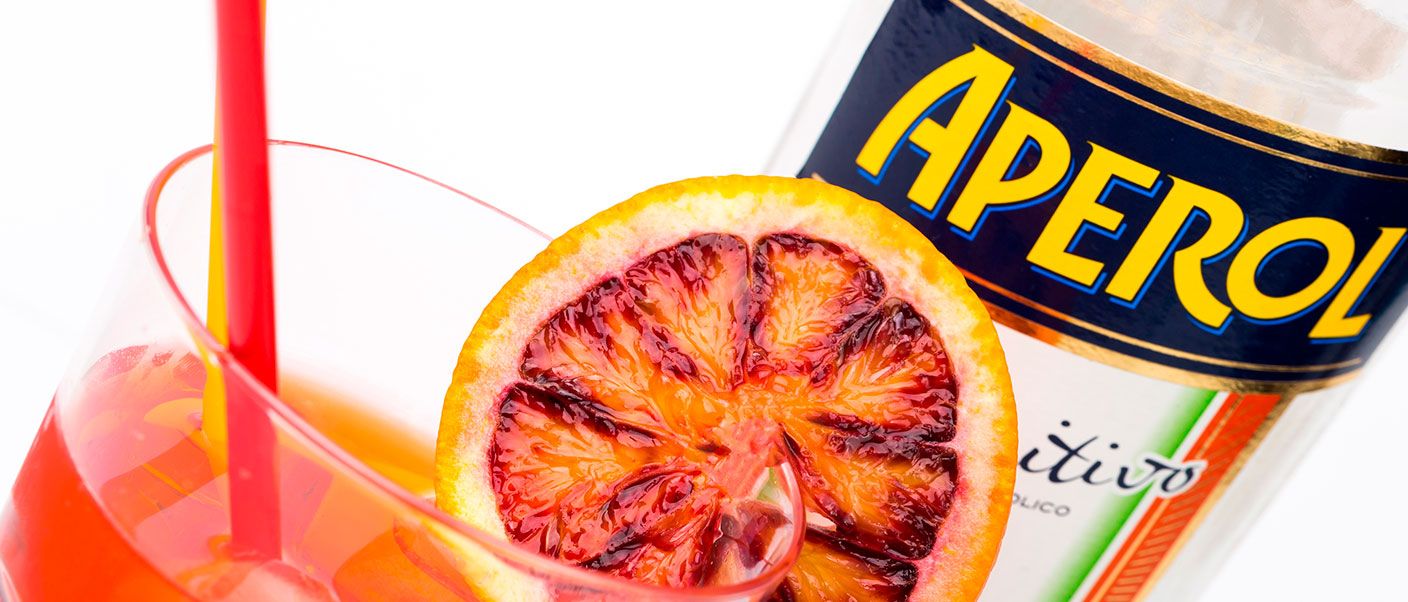
5. What’s going on with hard seltzers?
While the results in 2021 were not as hoped, the proliferation of new brands has generated a market worth 4.5 billion dollars, according to Nielsen IQ.
6. What trends are affecting the beer sector in 2022?
Beer is an unstoppable force. Beer drinkers are passionate about this beverage; they may alternate beer with other beverages at certain consumption moments, but they’re never going to replace it with other things or eliminate it from their preferences. Hence, this is an industry that in one way or another always tends to evolve.
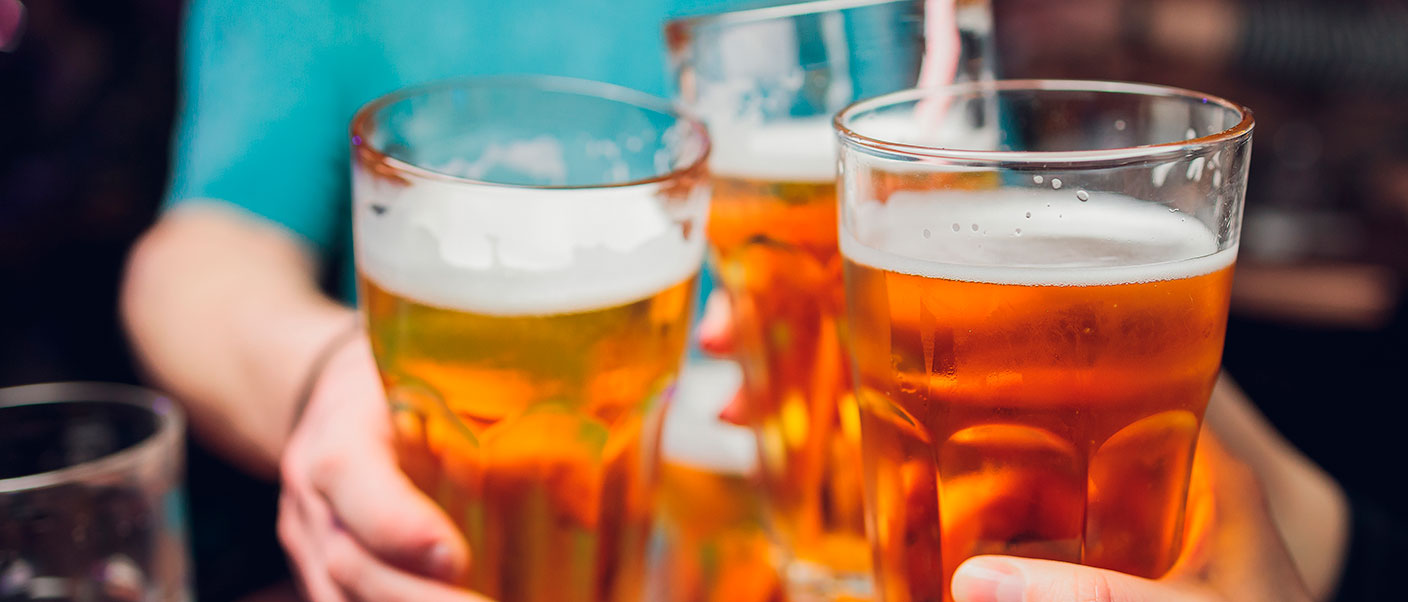
In what’s left of the year, a series of trends are taking shape:
- In the face of climate change, the use of technology and science in brewing processes and in ingredients (especially in the yeast and hops) to prevent their quality from deteriorating and to achieve results and unique recipes of high quality.
- Beyond IPAs, which in recent years have captured a significant market in the craft world and now are so well established that it’s hard to impress people with them, there is a return to the traditional craft styles. The amber ales or pale English ales aim to attract a new generation of drinkers.
- The lager style is returning forcefully to the craft world, which tends to attract a conventional consumer. During all this time, lager has been associated with the idea of an industrial, mass-produced beer, but now it’s being brewed with craft ingredients to produce lighter and more moderate versions with a lower ABV, coinciding perfectly with the needs of the moment.
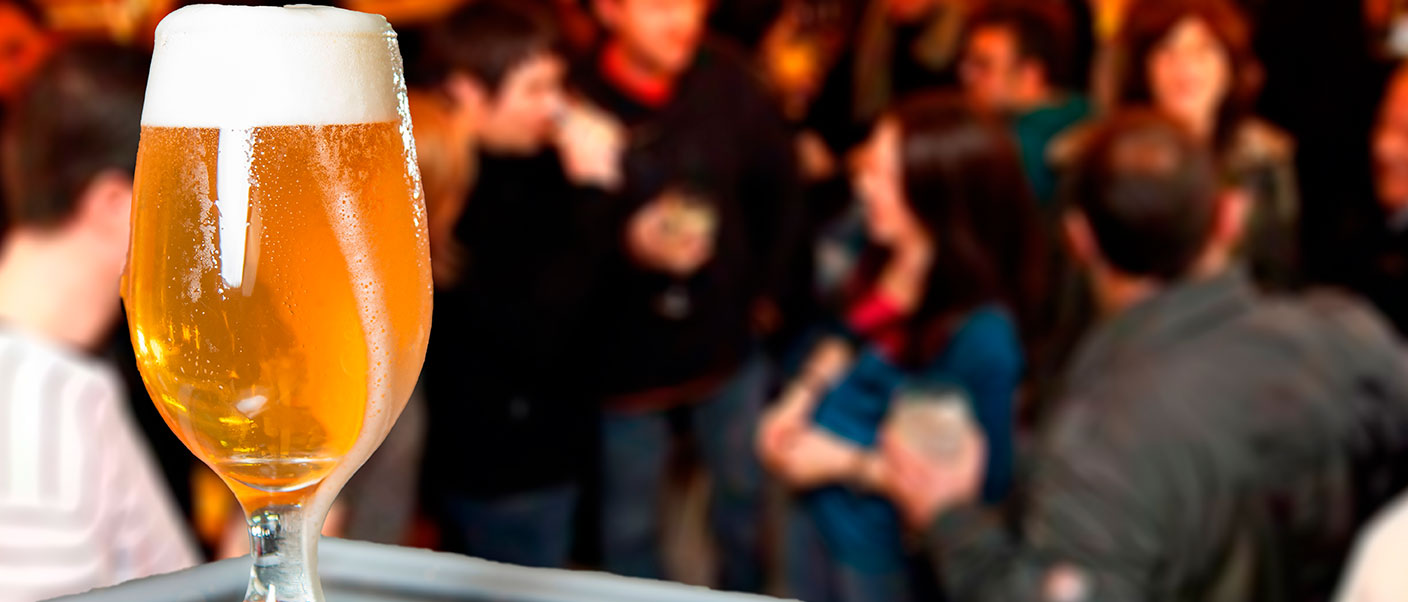
- On the other hand, and in order to gain market share, most brewers are starting to produce natural wines, piquettes, and much more. This is what is known as the winification of beer.
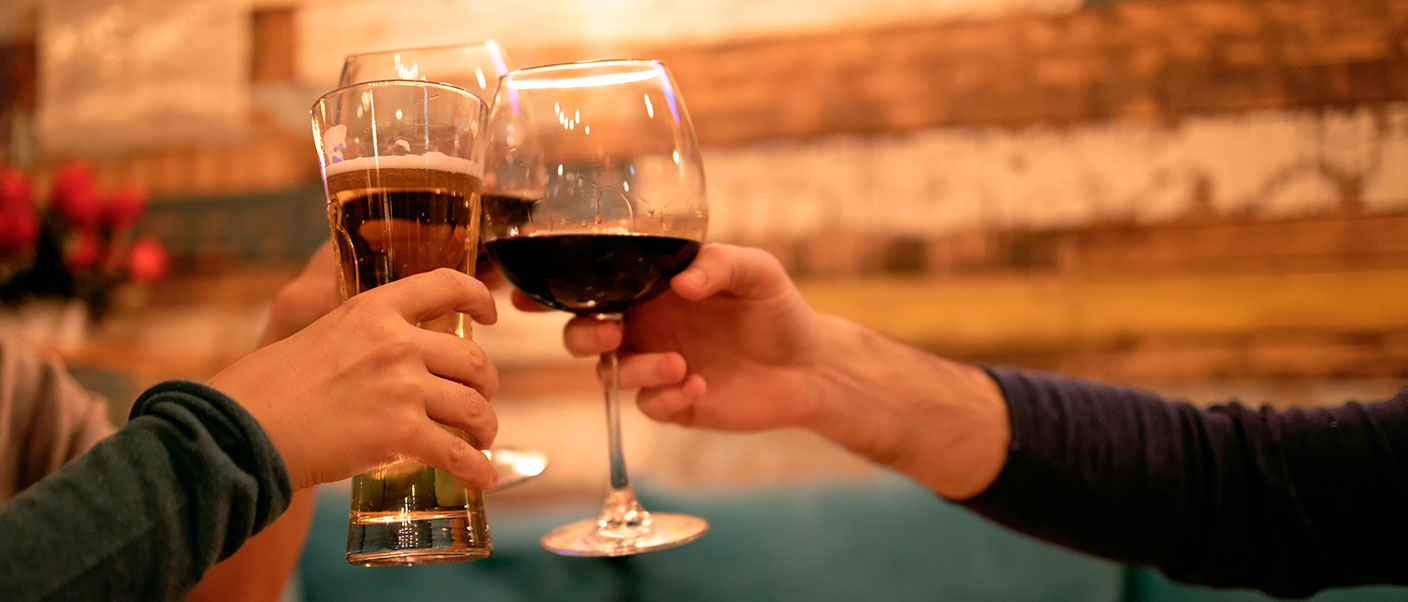






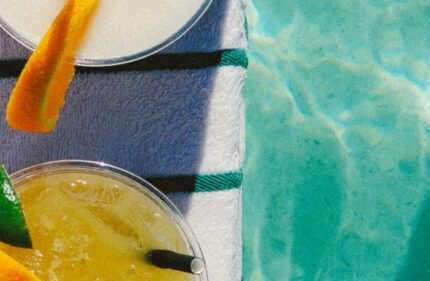
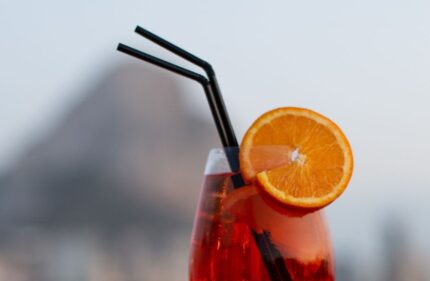

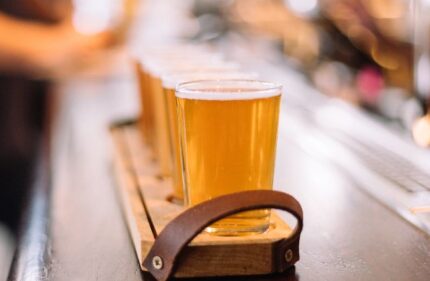
Comments